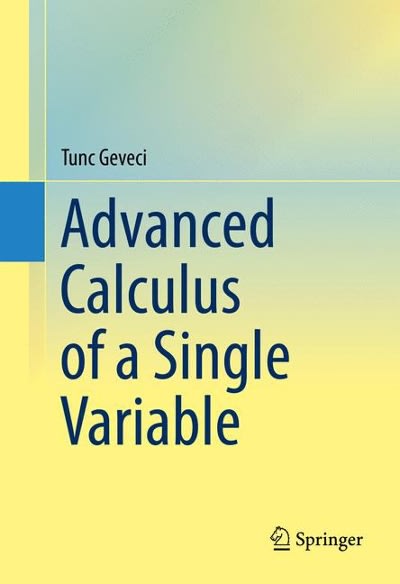Answered step by step
Verified Expert Solution
Question
1 Approved Answer
3. [-/0.33 Points] DETAILS BBUNDERSTAT12 8.5.015. MY NOTES ASK YOUR TEACHER PRACTICE ANOTHER REM (rapid eye movement) sleep is sleep during which most dreams occur.
3. [-/0.33 Points] DETAILS BBUNDERSTAT12 8.5.015. MY NOTES ASK YOUR TEACHER PRACTICE ANOTHER REM (rapid eye movement) sleep is sleep during which most dreams occur. Each night a person has both REM and non-REM sleep. However, it is thought that children have more REM sleep than adults. Assume that REM sleep time is normally distributed for both children and adults. A random sample of n, = 9 children (9 years old) showed that they had an average REM sleep time of X, = 2.9 hours per night. From previous studies, it is known that of = 0.7 hour. Another random sample of /2 = 9 adults showed that they had an average REM sleep time of X2 = 2.00 hours per night. Previous studies show that O' 2 = 0.8 hour. Do these data indicate that, on average, children tend to have more REM sleep than adults? Use a 1% level of significance. (a) What is the level of significance? State the null and alternate hypotheses. OHOH , = 12:Hi:1 1 * H2 OHOH , < H 2: Hi Hy = H 2 (b) What sampling distribution will you use? What assumptions are you making? The Student's t We assume that both population distributions are approximately normal with known standard deviations. The standard normal. We assume that both population distributions are approximately normal with unknown standard deviations. The Student's t. We assume that both population distributions are approximately normal with unknown standard deviations. The standard normal. We assume that both population distributions are approximately normal with known standard deviations. What is the value of the sample test statistic? (Test the difference , - (2. Round your answer to two decimal places.) (c) Find (or estimate) the P-value. (Round your answer to four decimal places.) Sketch the sampling distribution and show the area corresponding to the P-value. O-3 -2 -1 0 1 2 O-3 -2 -1 0 1 2 O-3 -2 -1 2 -3 -2 -1 2 (d) Based on your answers in parts (a) to (c), will you reject or fail to reject the null hypothesis? Are the data statistically significant at level o? O At the or = 0.01 level, we fail to reject the null hypothesis and conclude the data are statistically significant. At the or = 0.01 level, we reject the null hypothesis and conclude the data are statistically significant. O At the or = 0.01 level, we reject the null hypothesis and conclude the data are not statistically significant. O At the or = 0.01 level, we fail to reject the null hypothesis and conclude the data are not statistically significant. (e) Interpret your conclusion in the context of the application. O Fail to reject the null hypothesis, there is insufficient evidence that the mean REM sleep time for children is more than for adults. Reject the null hypothesis, there is insufficient evidence that the mean REM sleep time for children is more than for adults. O Reject the null hypothesis, there is sufficient evidence that the mean REM sleep time for children is more than for adults. Fail to reject the null hypothesis, there is sufficient evidence that the mean REM sleep time for children is more than for adults. Need Help? Read it Watch It
Step by Step Solution
There are 3 Steps involved in it
Step: 1

Get Instant Access to Expert-Tailored Solutions
See step-by-step solutions with expert insights and AI powered tools for academic success
Step: 2

Step: 3

Ace Your Homework with AI
Get the answers you need in no time with our AI-driven, step-by-step assistance
Get Started


